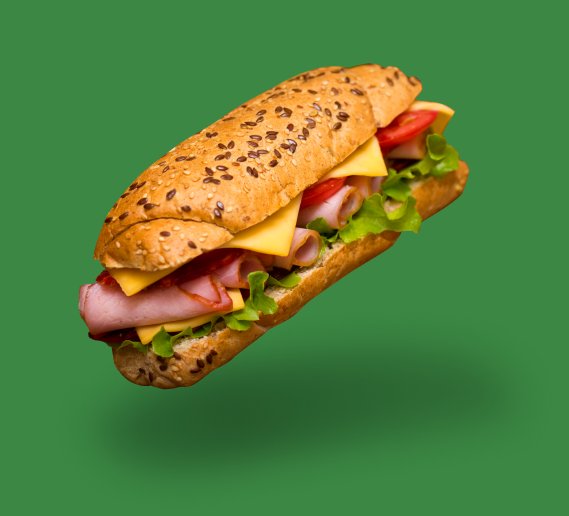Loyalty app for a fast food restaurant chain

Our client from a fast food restaurant chain decided to change the business logic of their loyalty system in Europe. Previously, every European country fast food restaurant operated in and had its own app for a loyalty program, with unique offers and discounts. But as the number of restaurants started to grow, it became challenging to manage all of these apps. This is why top managers decided to develop a single app for the entire European market.
We crafted Android and iOS apps, leveraging Kotlin for Android development while adhering closely to clean architecture principles. For the iOS app, we used Swift and implemented a service-oriented architecture.
With the revamped app, adding support for new countries doesn’t need an app store update. The backend simply needs to be updated with localized content. At the same time, the new app has a dynamic UI/content structure that can be changed by the admin via a CMS, so it can fulfill marketing and business needs for various markets and purposes. The design looks and feels native to each platform.
Globaldev engineering team
Implemented features
Android and iOS development process

Ready to build your retail solution?
FAQ








